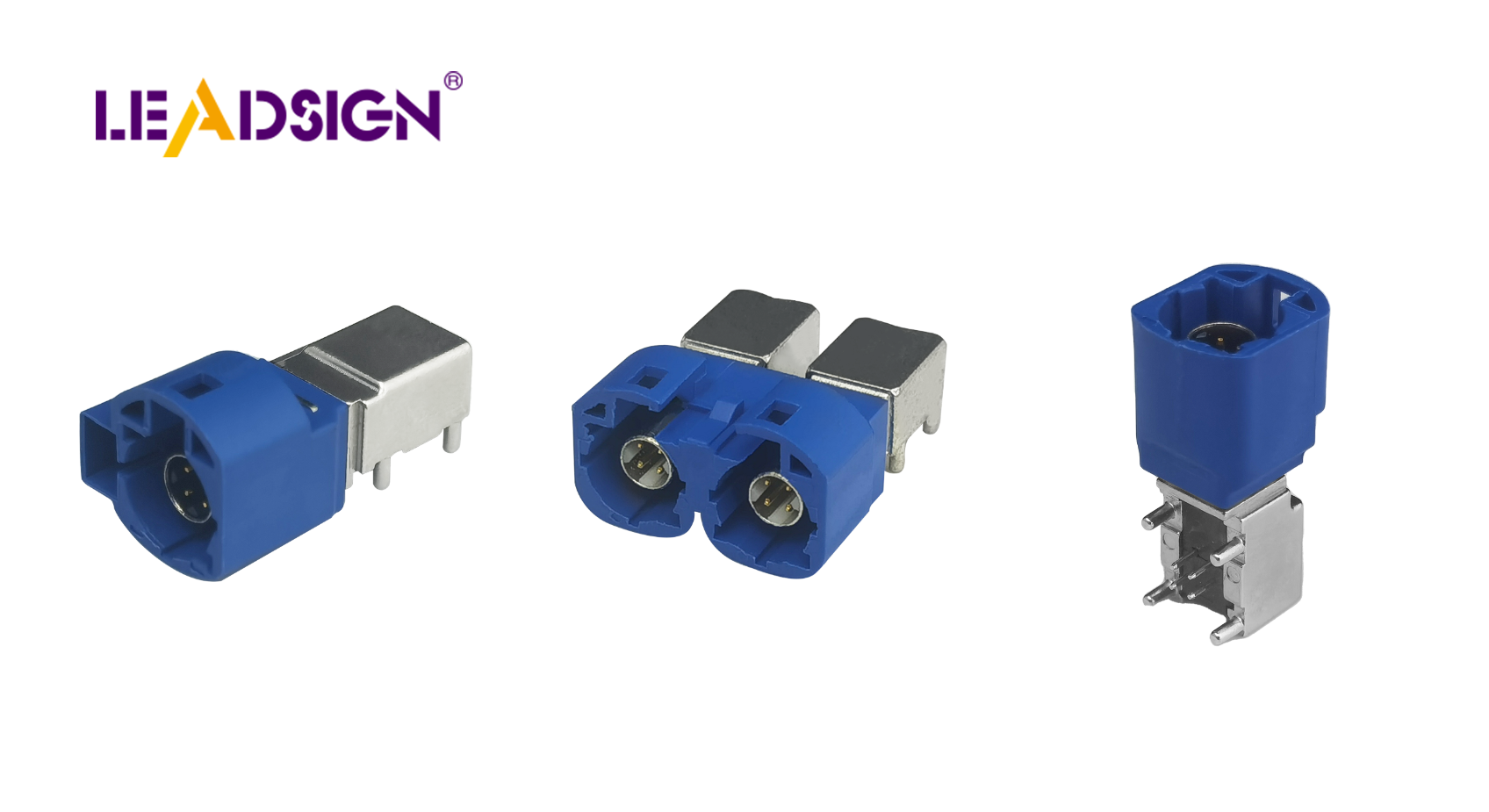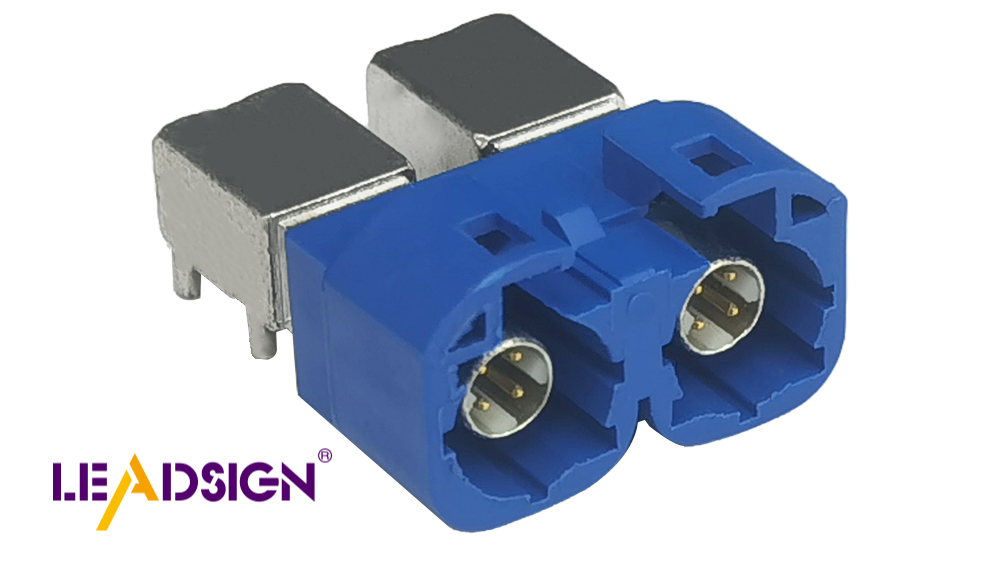Innovations in HSD Connectors for Custom Automotive Wire Harnesses

HSD Connectors are important in cars today. They help send data quickly, which is needed for smart car systems. The market for these connectors is growing by 4.10% each year from 2023 to 2029. New ideas in HSD connector technology keep getting better. This is because we need them to work well and last long. Big companies like TE Connectivity work hard on new designs and quality. The future of car connections depends a lot on these improvements.
Current State of HSD Connectors

Technical Specifications and Standards
Data Transfer Speed and Frequency Capability
HSD Connectors are great for fast data transfer. They meet the needs of today's car systems. These connectors handle high-frequency signals well. This ensures parts talk to each other smoothly. In cars, they help with music, maps, and safety features.
Durability and Impedance
HSD Connectors are very strong. They can handle tough car conditions like heat and shaking. Their design keeps signal loss low, which is important for clear data. Cars depend on these connectors to work well over time.
Introduction of HSD 2.0 and HSD+ Standards
New HSD 2.0 and HSD+ standards are a big step forward. They make connectors faster and improve signal quality. Car makers benefit from these changes as cars get more complex. These standards ensure new tech works with old tech.
Mechanical Structure and Design
Robustness and Suitability for Harsh Environments
HSD Connectors have a strong build. This makes them good for tough car environments like wet or dusty places. They keep working well even in hard conditions.
Miniaturization and Compatibility with Existing Technologies
Making connectors smaller is a big trend now. Tiny connectors save space in cars but still fit with old tech easily. This lets them mix into current car systems without problems.
Future Trends in HSD Connectors
Faster Data Transfer
New Tech and Effects
New tech is changing HSD connectors. We need faster data for smart car systems. This helps with driver aids and entertainment. Better materials and ways to make them boost performance. These changes make connectors cheaper.
Old vs. New Connectors
Old connectors have problems. Smaller, faster ones are needed now. HSD connectors give better speeds and are tinier. Cars use more high-speed connectors now. There's a switch from FAKRA to Mini-FAKRA, showing the benefits of fast connectors.
Smaller Size and Stronger Build
Water and Dust Protection
HSD connectors resist water and dust better now. This keeps them working in tough places. Cars gain from these upgrades, making them last longer.
Impact on Car Design
Smaller size changes car designs a lot. Tiny connectors save room in cars for more tech stuff. Designers add cool features without losing space, helping smart cars grow.
Uses and Effects
Car Systems
In-Car Entertainment and Safety Helpers
HSD connectors are key in today's car systems. They help in-car entertainment work smoothly. Fast data makes music and videos better. Safety helpers like ADAS need HSD connectors too. Good connections help safety features work fast. These include warnings for lane changes and smart cruise control.
Electric Cars and Linked Systems
Electric cars use HSD connectors a lot. They need good data links for battery systems. HSD connectors keep linked systems running well. Things like remote checks and updates need strong data paths. The move to fast Mini-FAKRA connectors helps this change. Old FAKRA connectors are being replaced.
Flexibility and Special Features
Works with LVDS, APIX, CAN, USB, Ethernet, Firewire
HSD connectors work with many car techs. They fit with different protocols easily. These include LVDS, APIX, CAN, USB, Ethernet, Firewire. Each one does something special in the car. For example, LVDS helps show clear pictures on screens. CAN lets car parts talk to each other.
Special Features from Makers
Different makers add special things to HSD connectors. Some make them tough for hard places. Others make them small to save space in cars. These changes meet special needs of the industry. Car designers pick what fits best for them.
HSD connectors are key for car connections. They help devices share data well. The market for these connectors is growing fast because they are used in many places. New ideas in HSD tech promise big improvements. Switching from old FAKRA to Mini-FAKRA shows the need for better solutions. HSD connectors make car wire systems work smoothly, helping parts talk easily. The future of car tech depends a lot on these connectors getting better.
See Also
Significance of HSD Connectors in Automotive Sector
Benefits of HSD Connectors in Vehicle Technology
Fundamentals of HSD Connectors in Auto Sector

